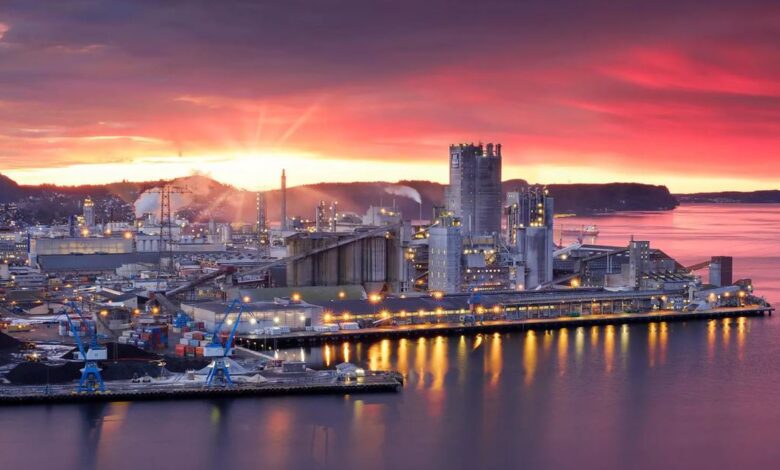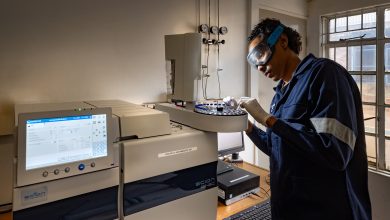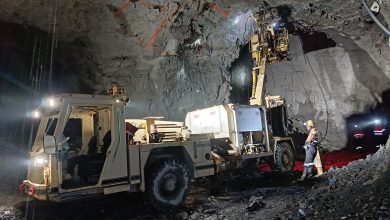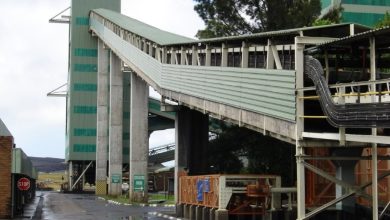
Green ammonia for mineral extraction
The downsides of coal, as a fossil fuel, have been extensively documented and dissected countless times. Still, it is worth reiterating that industries like mining, power generation, oil, and gas must do their part in reducing Scope 3 emissions from their coal-fired power plants. It is a matter of putting words into action. Pledges are not actions.
‘Green’ ammonia through water-electrolysis
Undoubtedly, the good news is that, progressively, the industry is transitioning from coal gasification and steam methane processes to green ammonia-powered turbines to reduce its footprint. ‘Green’ ammonia is considered a feasible and sustainable alternative to coal in power plants, given its low carbon impact. Green ammonia is produced using hydrogen, generated through water electrolysis, powered by renewable energy.
Conventional production of ammonia
In contrast, conventional ammonia is formed by isolating hydrogen from natural gas. However, for all its convenience, this process increases greenhouse gas emissions. The International Energy Agency (IEA) says global ammonia production accounts for 1.3% of energy-related CO2 emissions.
Dose of Reality
But there is a reality check amid the excitement with opportunities in ‘green’ ammonia: two obstacles.
First, the green ammonia process is energy-intensive. And this does not come cheap. So, any venture has to make financial sense from a long-term perspective. Hopefully, as renewable energy prices fall, this will become cheaper.
Besides, while green ammonia energy is a viable option, there are safety needs to be accounted for. Owing to its toxicity and corrosiveness, green ammonia requires proper transportation and storage.
The World Economic Forum acknowledges that the development of green energy production is still in its early stages. This is because significant investment in infrastructure is needed.
Unquestionably, these obstacles can be turned into opportunities.
Progress
Of course, we are not there yet. But there is progress.
Five years ago, the World Economic Forum’s Davos Agenda predicted that green ammonia would have a stake in the world’s industrial energy mix. Then, it might have sounded as if it would take a lifetime.
Certainly, the industry buy-in is encouraging. In South Africa’s Eastern Cape Province, a 5 billion dollar hydrogen production plant is under construction.
The project is scheduled for completion in 2026. Coal-fired power plant owners should be observing this development keenly.
This is a commendable development. Doesn’t the journey of a thousand miles begin with a single step?






